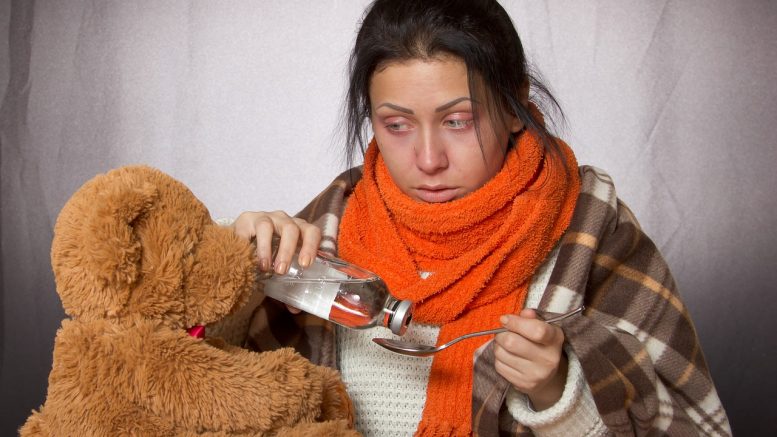Last week we reported that fewer adults are getting flu shots this year. In fact, a new survey shows that only 43% of adults are getting a flu shot. With a massive media ‘get your flu shot’ campaign onslaught in full swing, one might think that we are heading for a flu apocalypse.
So far, that’s not what’s happening at all.
In fact, this year’s flu season has been relatively mild, according to the CDC. The latest weekly flu report shows that with the exception of Louisiana and Georgia, flu activity throughout the United States has been mild or moderate. Certainly not crippling by any measurement.
Of course, this has begun to lead to speculation that fewer flu shots equate to fewer cases of flu. In all fairness, using a single year isn’t a fair sample. But its hard to ignore the potential here.
The WHO is taking a more unique approach to interpreting the numbers. They are somehow reasoning that the 43% may be the reason for the downswing in flu cases. Oddly, the 43% metric, just last week, was being cast out by mainstream media outlets as a stunning defeat to the flu shot agenda. We were “all at increased risk.”
Here’s Time Magazine last week.

Here’s the WHO’s response to the mild flu season. They are instead, giving the lower flu shot turnout credit for the mild flu season.
“We cannot claim that the 43% of vaccinated people is the reason for the mild flu season so far,” said Richard Webby, a flu scientist and adviser to the World Health Organization.
Of course, they are keeping the idea alive that we may all end up ravaged by flu before the end of winter.
“We’ve got to keep in mind that it’s still very, very early, and even at this time last year, there hadn’t been a huge amount of activity either,” said Webby.
It seems that the flu shot gets credit in any scenario.
So what could be the connection between the flu shot and a flu increase?
Some would say that the flu shot causes flu, however, its hard to ignore that massive media flu shot pushes convince people that the shot prevents the flu. The flu shot is a perennial failure when you look at the overall numbers. But people who get the flu shot are likely subdued into a false sense of security. They lose focus on the importance of drinking lots of water, eating a healthy diet, and washing their hands. People want their wine, cake, and no flu. So they take a flu shot.
The flu shot pitch’s power is undeniable.


Be the first to comment on "New Surveys Show Less Flu Shots, Less Flu"